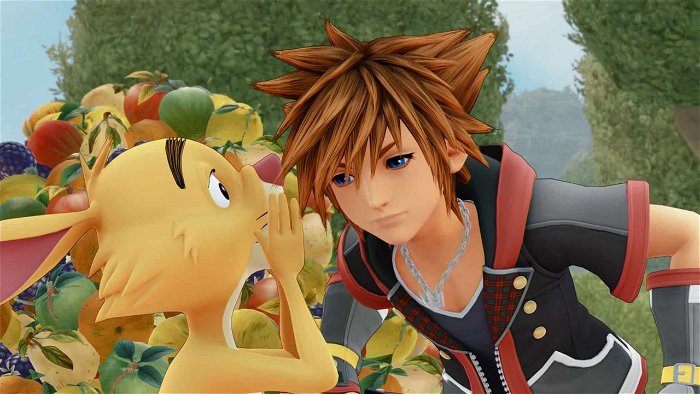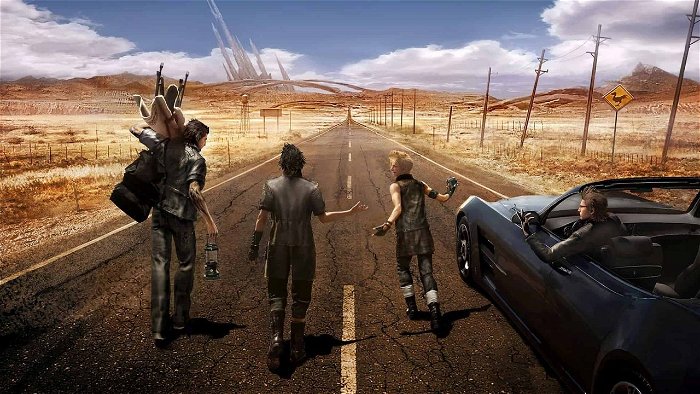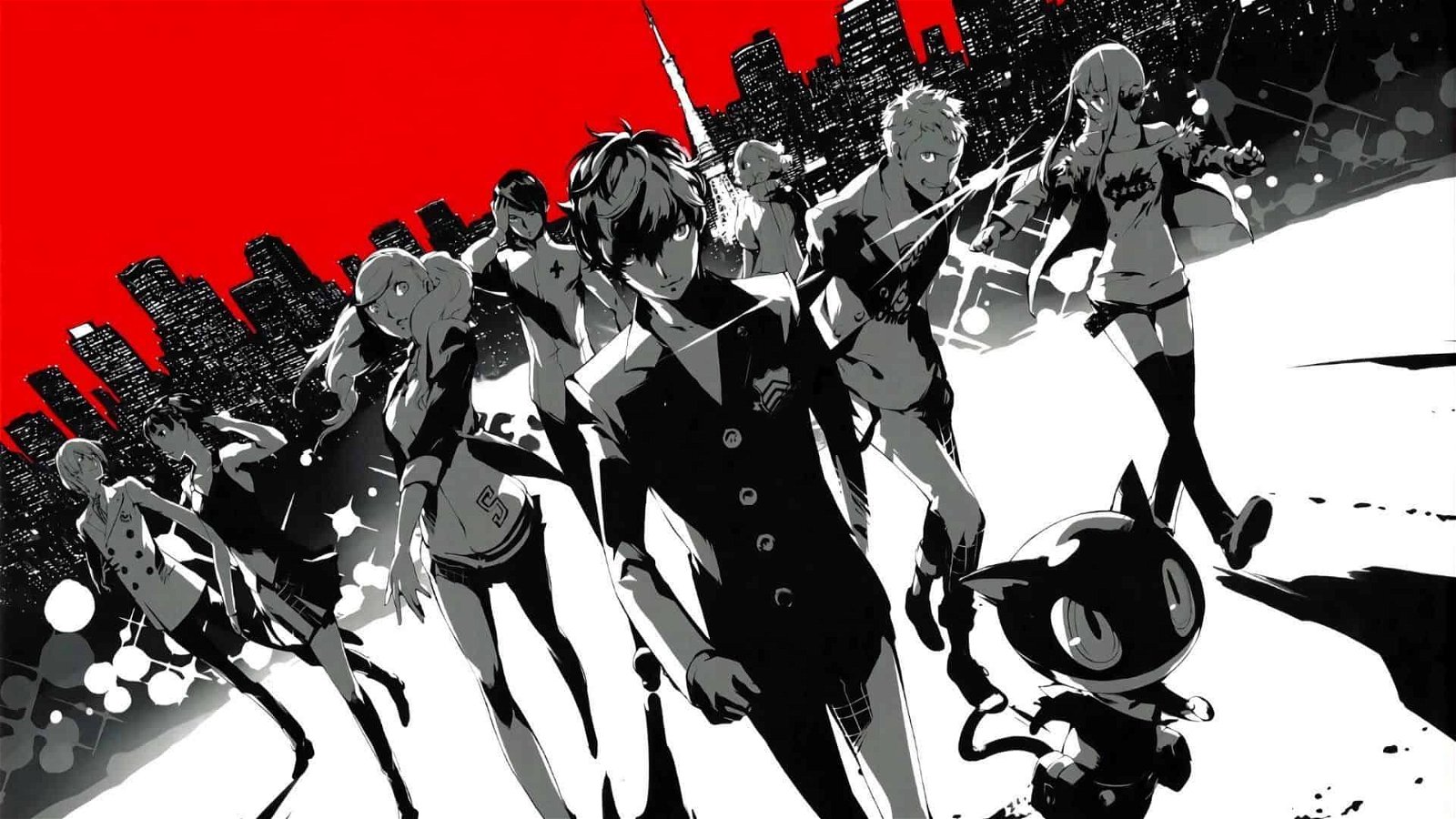Kingdom Hearts III recently released to the delight of millions of fans all over the world and no small amount of critical acclaim. It’s a success and massive one at that. This success is, of course, due in large part to the widespread popularity of the Kingdom Hearts brand, but it could also be that gamers simply want more games like it. Yet, high-profile JRPGs like Kingdom Hearts III have been few and far between. The interest is obviously there, so why haven’t Square-Enix and its peers doing more to capitalize on the demand? Part of the reason has to do with the logistics of making games, but the main issues actually have to do with the state of the JRPG genre and game publisher’s perception of it.
It’s not as though Japanese publishers have been wholly unaware of demand. In 2014, Square-Enix’s 3DS JRPG “Bravely Default” greatly exceeded the publisher’s expectations. At the time Square-Enix was much more focused on games they felt were more broadly appealing at the time, so Bravely Default’s success came as something of a wake-up call cluing them into the fact that there was still noticeable demand for such games. The company’s president at the time, Yosuke Matsuda, indicated that the publisher would be rethinking their development focus after seeing how it and other games like Hitman: Absolution performed.

“With that in mind and all of the collective fans, there’s a sense of mass, which loses the image of a niche market,” he said. “For the new games we’ll be developing from this point on, while this may sound a bit extreme, we’ve been talking about making them as heavy JRPGs.” They did indeed produce more JRPG-styled games after that, but not all made it stateside, and only a few were pushed as high-profile releases. While Square-Enix recognized that there was demand for games in the genre, they also recognized that despite the unexpected popularity of Bravely Default, the genre was still relatively niche.
Even today, the JRPG is more or less a niche genre. As much as fans might wish otherwise, games like Kingdom Hearts, Persona 5, and Final Fantasy XV are exceptions rather than the norm. This is why even long-running JRPG series like Atelier can still fly under the radar of most gamers. It certainly looks like the genre has fallen on hard times compared to its “golden age” in the 1990’s, but that isn’t necessarily the case. Back in 2010, CVG sat down with Resident Evil creator Shinji Mikami and Bioware co-founder Greg Zeschuk and asked for their thoughts on the decline of the genre in the West. At the time, Zeschuk theorized that it was because it had stagnated for the most part. “They kept delivering the same thing over and over again,” he said. “They make the dressing prettier, they look better, but it’s still the same experience. On the other hand, Mikami argued that it wasn’t exactly a case of decline. “I think it is because Japanese RPGs were really never all that popular in the West,” he said.
The genre’s enjoyed several breakthrough releases since those comments were made, so they might not be as accurate as they once were. However, they’ve kind of been proven right, haven’t they? The success of games like Persona 5 and Final Fantasy XV could very well be attributed to their bucking of many genre staples. Not every game can be innovative though, and even some that take a while to reach the higher levels of success. Nier: Automata is very different in terms of its combat and character progression system, yet it still took over a year to reach 3.5 million copies sold. It’s not like the genre’s traditions can be outright abandoned either. Many JRPG fans enjoy the genre’s traditional hallmarks, so developers would have to leave them out in the cold if they wanted to make a serious play at widening the genre’s audience. With all of these risks to consider, it’s no wonder that Japanese game makers aren’t more interested in investing the resources a high-profile title requires.

Of course, that’s not to say that JRPG fans are completely out of luck. Back in 2012, Kotaku conducted an interview with Victor Ireland, a man who was very committed to getting more JRPGs localized and launched in the western market. According to Ireland, the main hurdles standing between foreign gamers and many JRPGs included hardware, retail, and the skepticism of Japanese publishers. Since digital distribution hadn’t been widely adopted yet, releasing a game meant having to deal with all the cost and logistics of a physical release. They’d have to choose a platform, print copies, and convince retailers to stock them. It’s not something many would be willing to do for a product they thought only a relatively small number of people would buy. Additionally, Ireland said that Japanese publishers were often afraid of losing face if the product underperformed, even when they weren’t on the hook for the financial fallout. However, times are changing. Every platform has a digital storefront now, so bringing a niche game to market isn’t nearly as daunting. A quick look at Steam should shows that we’re at least getting more smaller-scale titles now.
Meanwhile, there’s still hope for higher-tier releases. Kingdom Hearts III is massively successful, and the genre’s growth is still continuing to impress the likes of Square-Enix. In 2018, the publisher found themselves in the position of having to apologize not once, but twice for their inability to keep physical copies of Octopath Traveler on store shelves. This mostly affected gamers in Japan, but there were instances of shortages outside the country too. It also helps that Octopath Traveler received glowing reviews from all corners of gaming media. When asked about this and their plans for future installments by The Wall Street Journal’s Takashi Mochizuki, the publisher appeared to be interested in making even more games of similar scope in the future. Their thoughts on the game’s success were telling too, citing its gameplay, art, appeal to fans of classic Square-Enix games, and an overall increase in the popularity of JRPGs over the past couple of years as the chief causes. It might be

The reason we haven’t seen more high-profile JRPGs like Kingdom Hearts 3 over the past several years has been due in large part to the genre’s niche status. At least some developers thought that such games had never been popular outside of Japan, to begin with, and many more saw it as being stagnant and uninteresting. This being the case, such games weren’t considered worth the financial risk of publishing overseas, so only a few got high-profile releases/budgets and many smaller games simply never left Japan.
However, just like with the horror genre, that attitude appears to be changing. The universal adoption of digital distribution removes the risk of physical retail, and the relative success of games like Nier: Automata and Octopath Traveler show that the genre is indeed growing in both popularity and profitability. With that being the case, perhaps it won’t be too much longer before JRPG fans start seeing more games on the same level as Kingdom Hearts and Final Fantasy XV. It’s just a matter of patience and time at this point.



